日中文化交流協定締結40周年記念 特別展「三国志」
-
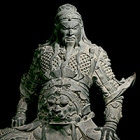
関羽像(部分) 明時代・15~16世紀 新郷市博物館蔵
1089ブログ「三国志」展覧会の見どころなどを紹介しています。
東京国立博物館 資料館 特別展「三国志」関連図書コーナー設置
|
特別展「三国志」は、個人利用にかぎり展示室内で写真撮影ができます。 撮影はご自身で行ってください。 画像をご使用の場合は利用者の責任においてお願いします。 展覧会主催者は一切の責任を負いません。 なお、会場内の映像展示はすべて撮影禁止です。 |
 |
展覧会のみどころ
第一章 曹操・劉備・孫権―英傑たちのルーツ
第二章 漢王朝の光と影
第三章 魏・蜀・呉―三国の鼎立
第四章 三国歴訪
第五章 曹操高陵と三国大墓
エピローグ 三国の終焉―天下は誰の手に
プロローグ 伝説のなかの三国志
今からおよそ1800年前、後漢王朝の混迷に端を発した三国志の時代は、幾多の武将の栄枯盛衰とともに記録され、のちには歴史性を帯びた伝説となって普及した。伝説は人びとの親しむところとなってそこから詩文や絵画が生まれ、また、関羽のように尊崇(そんすう)されて神となった武将もいた。今につながる多彩な「三国志文化」はこうして育まれていった。
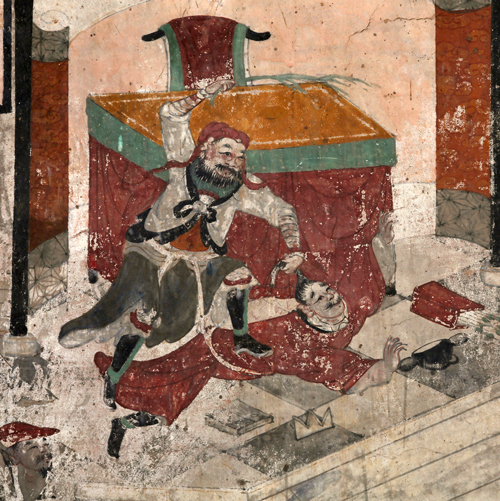 
関帝廟壁画「張飛、督郵を鞭打 つ」(部分) 私利私欲にまみれた役人・督郵に張飛の怒りが爆発。『三国志演義』の有名な一幕を鮮やかな色彩で描く本作は、関帝廟の堂内壁画として描かれていたもの。 |
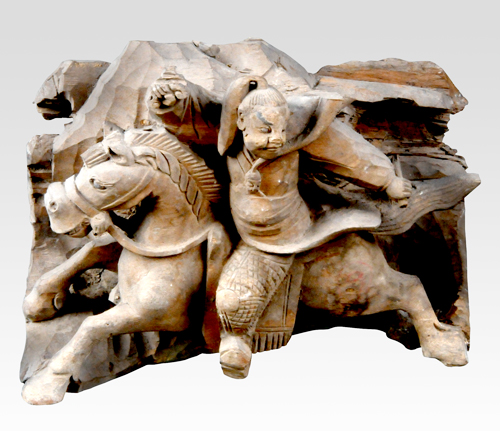 
趙雲像 曹操の襲撃を受け、逃げ遅れた劉備の子・阿斗を懐に抱いて疾駆する。『三国志演義』屈指の名場面で趙雲最大の見せ場。 |
第一章 曹操・劉備・孫権―英傑たちのルーツ
魏の基盤をつくった曹操は、父祖伝来の勢力基盤を引き継ぎつつ漢王朝の中枢で実権を握り、動乱の時代に覇をとなえた。蜀の劉備は漢皇室の血統を自認し、漢王朝の復興を掲げた。呉の孫権は海洋ネットワークを駆使して勢力を伸ばすなど、独自の路線を歩んだ。後世に英傑とも称される彼らのルーツを、選び抜かれた文物から読み解こう。
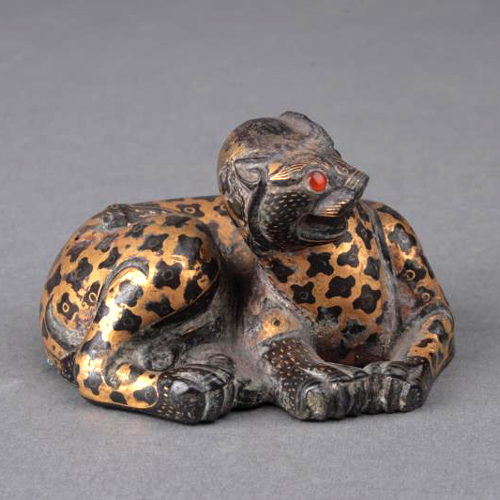 
豹 (一級文物) 蜀の劉備は、前漢6代皇帝の景帝の子である中山靖王劉勝を始祖とした。1968年、この劉勝夫婦の墓が河北省で発掘された。豪華な出土品は皇室劉氏の圧倒的な富と権力を象徴する。 |
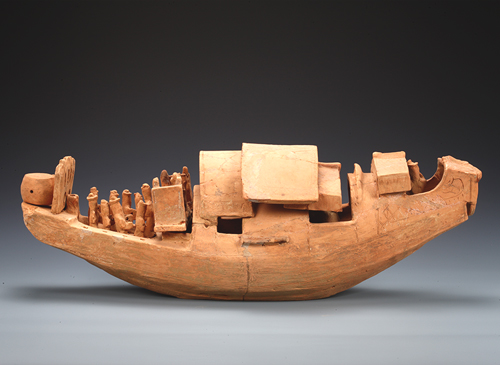 
貨客船 漢から三国時代にかけて、呉の沿岸部の墓では船形模型が集中的に出土する。対外交易がさかんだった海洋国家・呉ならではの文物である。 |
第二章 漢王朝の光と影
漢王朝は天下に比類なき巨大帝国へと成長し、全国各地に統治の網を張りめぐらせた。しかし2世紀末には王朝内部の政争が表面化し、皇帝は求心力を失っていった。地方では原始道教の教団が台頭して新時代の幕開けを喧伝(けんでん)する黄巾の乱がおこり、漢の都では董卓が横暴のかぎりを尽くすなど、社会全体が混迷を深めていった。
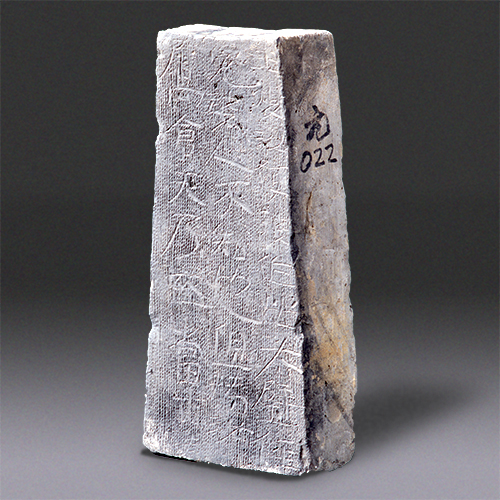 
「倉天」磚 「倉天乃死(蒼天すなわち死す)」を含む3行の銘文を刻む。184年、後漢末期の混乱のなかで発生した黄巾の乱の合言葉「蒼天すでに死す、黄天まさに立つべし」を彷彿とさせる。 |
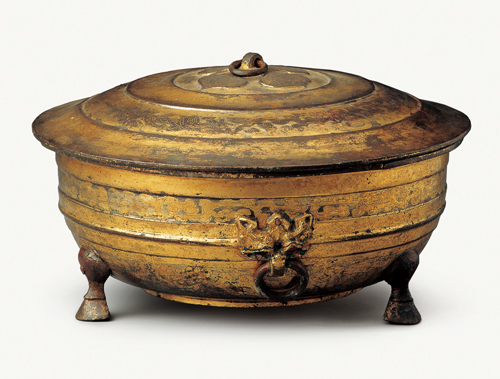 
酒樽 (一級文物) 後漢時代末期の墓から出土した青銅製容器のなかでは、最も贅沢な例の一つ。混迷を極めた乱世にあってこれほどの精品を副葬できた人物は限られる。 |
第三章 魏・蜀・呉―三国の鼎立
魏・蜀・呉の鼎立(ていりつ)は、後漢時代の末期に形づくられ、それぞれの境界で争いはとくに熾烈を極めた。220年、曹操が没して息子の曹丕(文帝)が後漢から皇位を奪うと、蜀の劉備と呉の孫権はこれに反発し、おのおの正統性を主張し相次いで建国を宣言した。後漢時代から三国時代の兵器や著名な合戦にまつわる文物から、新時代へと突き進む時代のうねりを感じ取ろう。
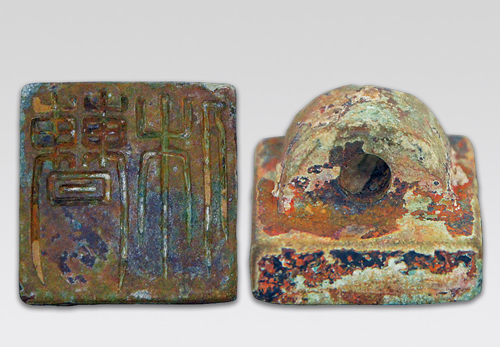 
「曹休」印 魏の将軍・曹休は曹操の甥にあたる。十代の頃に父と死別したが、曹操は「我が家の千里の駒である」と言って、我が子同然に可愛がった。『三国志』の登場人物の名を刻んだ印章はこの「曹休」印が唯一の出土例。 |
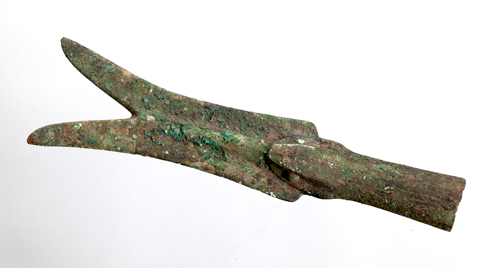 
蛇矛 張飛が生きた時代の「蛇矛」はまだ発見されていない。しかし本品のように紀元前2世紀頃の実例は存在し、文献記録では4世紀頃の蛇矛の記述がある。 |
第四章 三国歴訪
魏は漢王朝の中心地であった黄河流域に勢力を張り、蜀は自然の恵み豊かな長江(揚子江)上流の平原をおさえ、呉は長江中・下流の平野部と沿岸域に割拠した。異なる風土は、それぞれに独自の思想や習慣を育んだ。各地で出土する文物にも、三国それぞれの特色があらわれている。
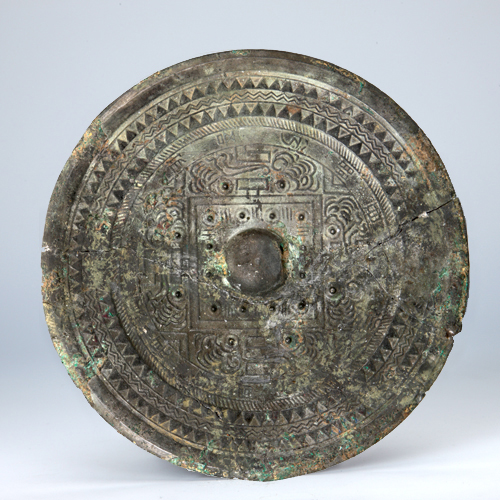 
方格規矩鳥文鏡 紐を通すための穴が長方形を呈し、名分には「同出余州(銅は徐州より出づ)」とある。また文様の最も外側に突線がめぐるなど、中国出土鏡では例が少なく、日本列島で出土する三角縁神獣鏡に認められる特徴をそなえる。 |
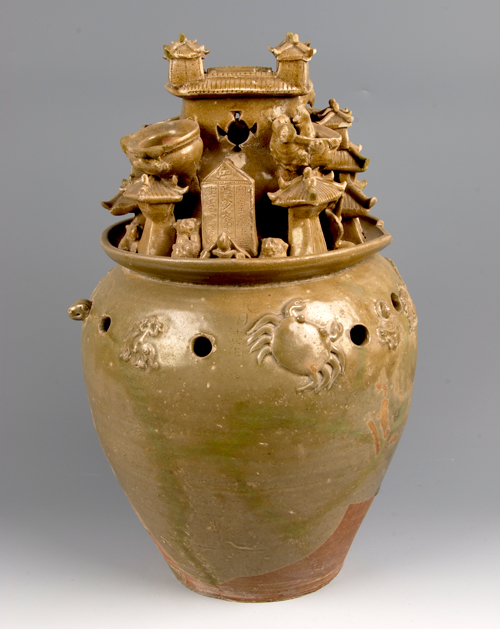 
神亭壺(一級文物) 呉の上流層に好まれたオリーブグリーンのやきもの。これぞ青磁の原点。 |
第五章 曹操高陵と三国大墓
後漢時代の末期から三国時代になると、支配者たちは墓づくりに対してこれまでとは異なる路線を歩み出した。豪華さを競うのではなく、質素倹約を貴ぶようになったのである。2008年から2009年にかけて発掘された曹操高陵(曹操墓)をはじめ、各地の著名な古墓は、そうした有力者たちの思考や社会の価値観を具現化したものといえる。
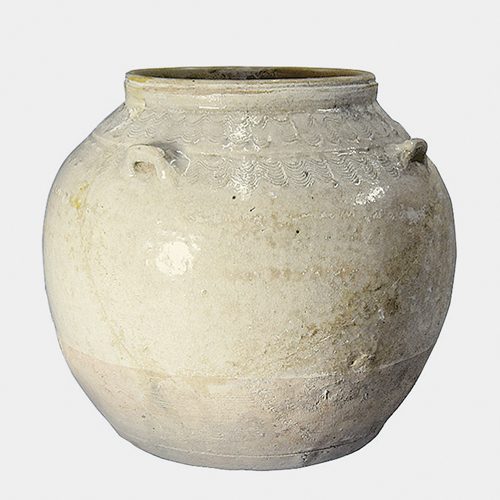 
罐 (一級文物) 四つの耳をもつ罐は、三国時代頃の典型的な容器のひとつ。そうしたなかで本品が異彩を放つのは、白化粧に透明釉をかけて高火度で焼き上げた「白磁」ということである。中国磁器文化の礎ともいうべき白磁は、従来、6世紀末頃に出現すると考えられてきたが、本品はこれを300年以上さかのぼる。 |
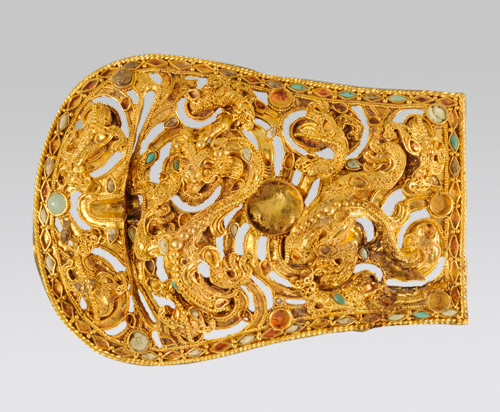 
金製獣文帯金具 (一級文物) 体躯をくねらせた瑞獣を立体的にあしらい、随所に貴石を象嵌し、金粒細工を施す。魏の文帝もこうした豪奢な金具をつけた帯を欲したが、すでに作り手が絶えていたという。 |
エピローグ 三国の終焉―天下は誰の手に
つわものたちが激戦を繰り広げた三国時代。最後に天下をおさめたのは魏でも蜀でもなければ呉でもなかった。魏の武将として力を強めていった司馬氏一族であり、司馬炎が建てた西晋王朝であった。西晋の司馬政権は各地の有力一族の基盤を守りつつも、新たな秩序を生み出していった。
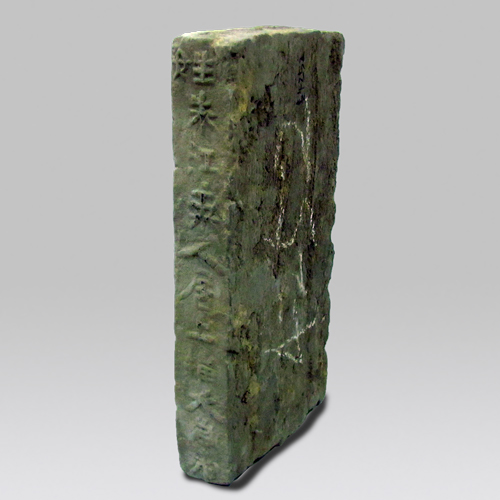 
「晋平呉天下大平」磚 西晋時代の墓に使われていた磚に「晋、呉を平らげ天下大平」と刻印。三国志の時代の結末をもっとも端的に伝えている。 |
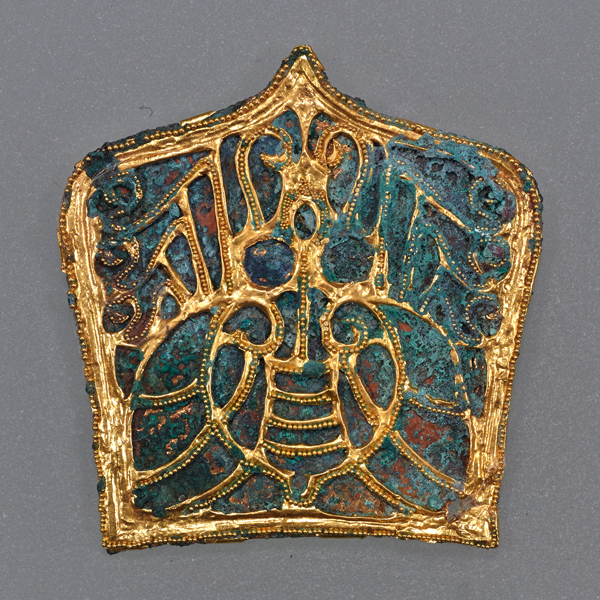 
蟬文冠飾 貴族が頭にかぶる冠につけた蟬の飾り。大小の金粒を的確に配するなど超絶技巧が光る。 |
開催概要 |
|||||||||||||||
| 会 期 | 2019年7月9日(火)~9月16日(月・祝) | ||||||||||||||
| 会 場 | 東京国立博物館 平成館(上野公園) | ||||||||||||||
| 開館時間 | 9:30~17:00(入館は閉館の30分前まで) (ただし、会期中の金曜・土曜は21:00まで開館) |
||||||||||||||
| 休館日 | 月曜日、7月16日(火) (ただし7月15日(月・祝)、8月12日(月・休)、9月16日(月・祝)は開館) |
||||||||||||||
| 観覧料金 | 一般1,600円(1,400円/1,300円)、大学生1,200円(1,000円/900円)、 高校生900円(700円/600円)、中学生以下無料
|
||||||||||||||
| 交 通 | JR上野駅公園口・鶯谷駅南口より徒歩10分 東京メトロ銀座線・日比谷線上野駅、千代田線根津駅、京成電鉄京成上野駅より徒歩15分 |
||||||||||||||
| 主 催 | 東京国立博物館、中国文物交流中心、 NHK、NHKプロモーション、朝日新聞社 |
||||||||||||||
| 後 援 | 外務省、中国国家文物局、中国大使館 | ||||||||||||||
| 協 賛 | 大日本印刷、三井住友海上火災保険、三井物産 | ||||||||||||||
| 協 力 | 飯田市川本喜八郎人形美術館、 コーエーテクモゲームス、日本航空、 光プロダクション |
||||||||||||||
| カタログ・音声ガイド | 展覧会カタログ(2,500円)は、平成館会場内、およびミュージアムショップにて販売しています。音声ガイド(日本語、英語、中国語、韓国語)は550円でご利用いただけます。 | ||||||||||||||
| お問合せ | 03-5777-8600(ハローダイヤル) | ||||||||||||||
| 展覧会公式サイト | https://sangokushi2019.exhibit.jp/ 展覧会公式サイトは会期終了時をもって終了いたしました。 |
||||||||||||||
ジュニアガイド
ジュニアガイドのページへ
